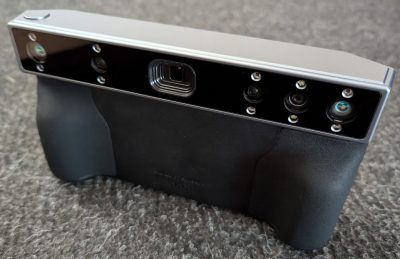The United States and a few other countries have an astounding array of homeowners’ associations (HOAs), local organizations that exert an inordinate influence on what homeowners can and can’t do with their properties, with enforcement mechanisms up to foreclosure. In the worst cases they can get fussy about things like the shade of brown a homeowner can paint their mailbox post, so you can imagine the problems they’d have with things like ham radio antennas. [Bob] aka [KD4BMG] has been working on tuning up his rain gutters to use as “stealth” antennas to avoid any conflicts with his HOA.
With the right antenna tuner, essentially any piece of metal can be connected to a radio and used as an antenna. There are a few things that improve that antenna’s performance, though. [Bob] already has an inconspicuous coax connector mounted on the outside of his house with an antenna tuner that normally runs his end-fed sloper antenna, which also looks like it includes a fairly robust ground wire running around his home. All of this is coincidentally located right beside a metal downspout, so all this took to start making contacts was to run a short wire from the tuner to the gutter system.
With the tuner doing a bit of work, [Bob] was able to make plenty of contacts from 10 to 80 meters, with most of the contacts in the 20 – 30 meter bands. Although the FCC in the US technically forbids HOAs from restricting reasonable antennas, if you’d rather not get on the bad side of your least favorite neighbors there are a few other projects from [Bob] to hide your gear.

















